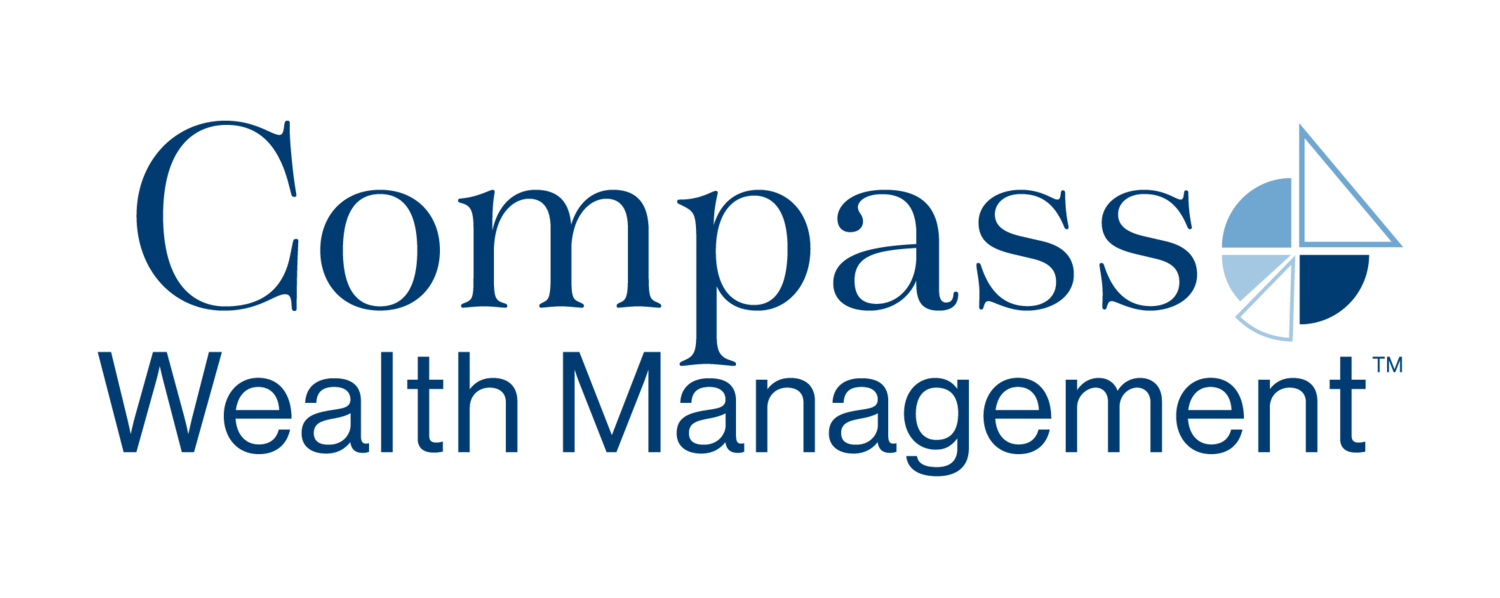Don't Miss the Tax Deadline: Last Chance to Make Your 2023 Contributions!
April 15th is quickly approaching, and that means it’s your last chance to make contributions to various plans for the 2023 tax year. Here’s our summary of popular plan options:
2023 IRA Contribution Amounts:
Traditional and Roth IRA:
Under Age 50: $6,500
50 or older: $7,500
Traditional IRA Income Limits for Fully Deductible Contributions:
Single-filer Phaseout:
Starts at a Modified Adjusted Gross Income (MAGI) of $73,000 if covered by an employer retirement plan (no limit if not covered)
Married Filing Jointly Phaseout:
Starts at MAGI of $116,000 if covered by an employer retirement plan
Starts at MAGI of $218,000 if only your spouse is covered by an employer retirement plan
Roth IRA Income limits to Qualify for a Full Contribution:
Single filer MAGI must be less than $138,000
Married Filing Jointly MAGI must be less than $218,000
2023 HSA Contribution Amounts:
For self-only High Deductible Health Plan (HDHP) coverage:
You can contribute up to $3,850
This limit includes employee contributions in addition to any employer contributions made
If you have family HDHP coverage:
You can contribute up to $7,750
This limit also includes employee contributions in addition to any employer contributions made
Those 55 and older are allowed to contribute an extra $1,000 to their annual maximum amount.
Requirements:
You are covered under a High Deductible Health Plan (HDHP)
You are not enrolled in Medicare
You are not claimed as a dependent on someone else’s 2023 tax return
2023 Solo 401(k) plans:
Sole proprietorships and single-member LLC’s (NOT for Corporations) can establish and fund an employee deferral of up to $22,500 ahead of the April 15th tax deadline.
Employer contributions for all Solo 401(k) plans typically occur between January and the tax deadline of the next year based on the total compensation received for the calendar year.
It's important to note that while these are the most common plans, there are also additional plan types that allow for contributions after 12/31. For the plans listed above, there may be additional qualifications and limitations based on your specific situation.
For more personalized guidance, please consult with us (or your tax professional) to discuss your specific qualifications for these plans and contributions - contact us.
Robert Amato, CFP®, CIMA®
Principal
--------
This article may not be copied, reproduced, or distributed without Compass Wealth Management’s prior written consent.
Compass Wealth Management is a Registered Investment Advisor. Advisory services are only offered to clients or prospective clients where Compass Wealth Management and its representatives are properly licensed or exempt from licensure. This article is solely for informational purposes and is not intended to be relied on as a forecast, research, or investment advice, and is not a recommendation, offer, or solicitation to buy or sell any securities or to adopt any investment strategy. The opinions expressed may change as subsequent conditions vary. The information and opinions contained in this material are derived from proprietary and nonproprietary sources deemed by Compass Wealth Management to be reliable, are not necessarily all-inclusive, and are not guaranteed as to accuracy. Past performance is no guarantee of future results. There is no guarantee that any forecasts made will come to pass. Reliance upon information in this material is at the sole discretion of the reader. Investments involve risks.
Source: IRS.gov


